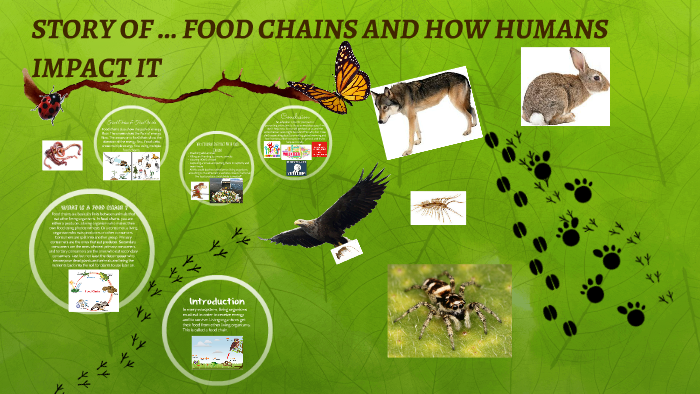Four ways of how PA can enter the human food chain Biology Diagrams Fig. 1 from the paper: The constriction of the Martu foraged diet between the nomadic period (a) and the contemporary period (b) for the summer-season food web. Human Rights Issues and the Modern Food Chain. By Amanda Winstead. When tackling the ethics of the modern food chain, many experts emphasize the importance of sustainability, and with good reason. Climate change is a pressing issue that every business in the food industry needs to address. However, a truly ethical food chain requires more than

Human involvement in food webs has been profound, bringing about enormous and disproportionate losses of large apex predators on land and in water. century diminished ocean food chains (26
Definition, Examples, Types Biology Diagrams
Human involvement in food webs has been profound, bringing about enormous and disproportionate losses of large apex predators on land and in water. The losses have modified or even eliminated concatenations of indirect interactions propagating from predators to herbivores to plants, inter alia. Food webs are a synthesis of bottom-up energy and nutrient flow from plant producers to consumers Until, that is, a group of French researchers recently decided to use food supply data from the U.N Food and Agricultural Organization (FAO) to calculate human tropic level (HTL) for the first time. Human intervention in food chains can have both positive and negative consequences. While hunting and fishing can provide food and resources, overexploitation can lead to species depletion and ecosystem imbalances. Similarly, while agriculture can increase food production, intensive farming practices can harm biodiversity and contribute to

Human food chains can become shortened due to various factors including predation, habitat loss, and human intervention such as overfishing or deforestation. When direct interactions between species are altered, fewer trophic levels may be present. The effects of shortening food chains on the biosphere are significant. Human involvement in food webs has been profound, bringing about enormous and disproportionate losses of large apex predators on land and in water. The losses have modified or even eliminated concatena-tions of indirect interactions propagating from predators to herbivores to plants, inter alia. Food webs are a synthesis of bottom-up energy and For many years, large retail food chains have established long-term, formal contracts with big food producers and processors to increase coordination, including in the fresh produce category activities typically require human intervention (e.g., waste management, pest control, and application of fertilizer). In ecology-based farming,

